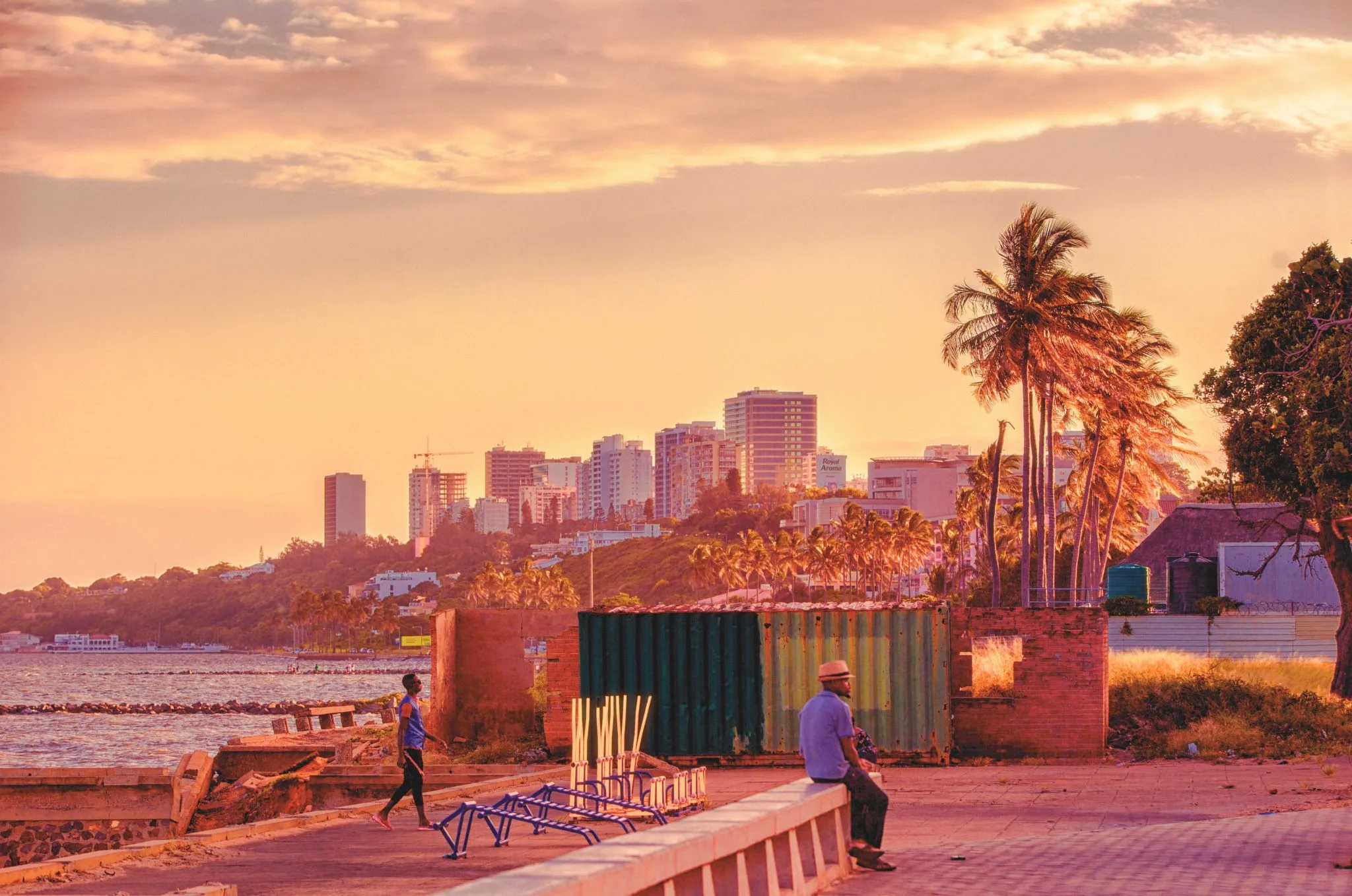Today, Mozambique’s government announced a 4.4% economic growth for the first nine months of this year.
This growth rate outperforms the global GDP average and Sub-Saharan Africa‘s figures.
The government issued a press release after today’s meeting. It revealed an inflation rate of 8.7% from January to September.
This rate is lower than the predicted 11.5%. Additionally, the country has enough international reserves to cover 3.8 months of imports.
In the same statement, the government highlighted stable economic conditions. Specifically, inflation remained below the expected 11.5%.
Moreover, the current account deficit decreased by about $16.9 million.

State revenue also showed improvement. It reached around $3.4 billion, an 8% increase from last year.
Lastly, government spending totaled about $4.6 billion, fulfilling 67% of the planned budget.
Background
The 4.4% growth rate is notably promising when considering the economic challenges Mozambique has faced.
Historically, the country has grappled with high inflation and political instability.
However, this new data suggests a more robust and resilient economy, perhaps signaling a turn for the better.
In the broader context of Africa, many Sub-Saharan nations struggle with growth rates below the global average.
Mozambique’s growth, therefore, sets it apart from its neighbors and offers a model for sustainable development.
Compared to other developing countries, the growth rate indicates a stronger economic performance, particularly in the realm of inflation control and fiscal responsibility.
When considering international reserves, Mozambique’s 3.8-month cover is pretty standard among developing nations.
It adds a layer of economic security that could help attract foreign investment.
In summary, Mozambique’s recent economic performance not only shows promise for its own future but also serves as an encouraging example for other Sub-Saharan and developing countries.

